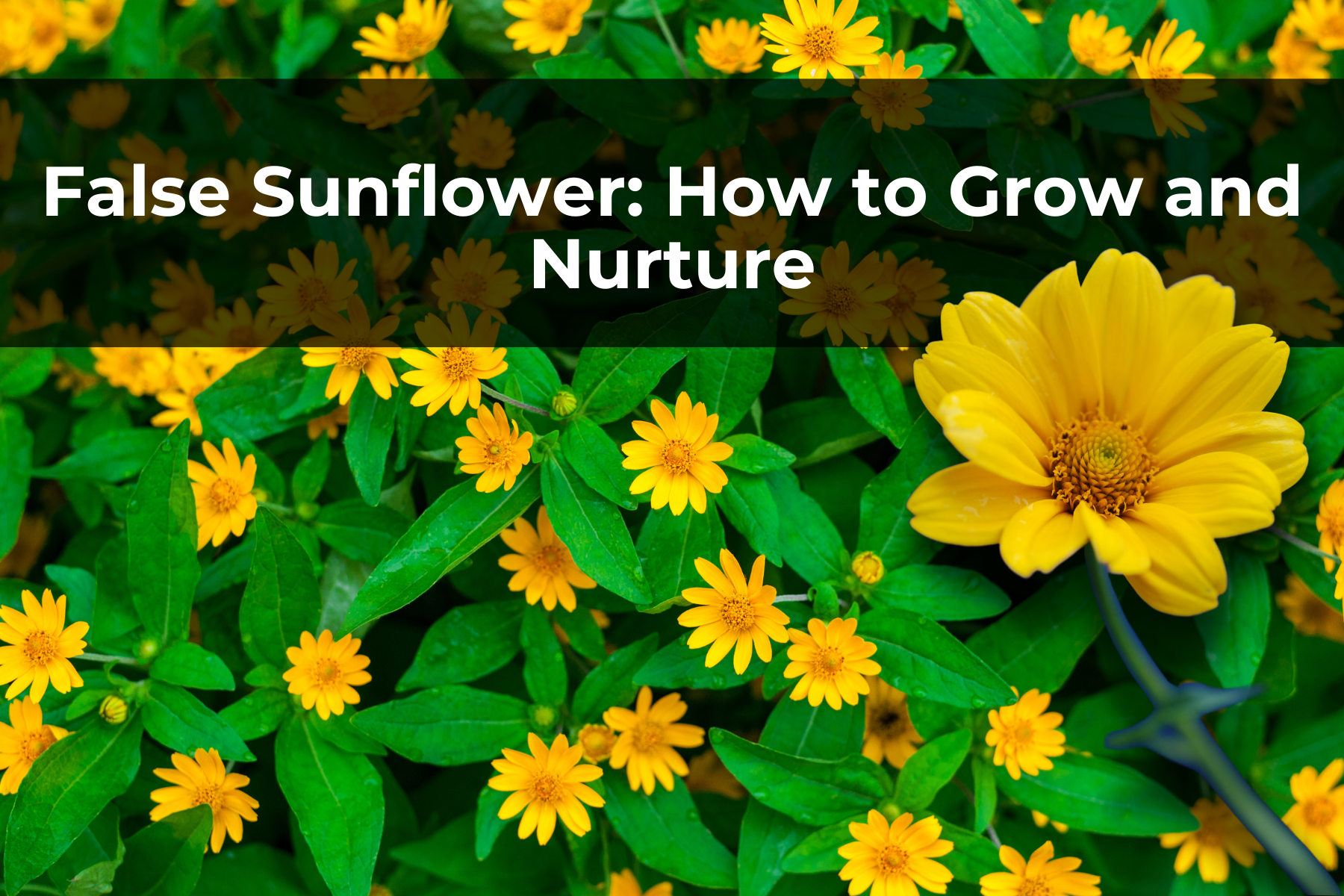Last Updated on April 12, 2024 by Real Men Sow
False Sunflower (Heliopsis Helianthoides) is a great choice for gardeners who love sunflowers. Their yellow daisy-like flowers are very similar to annual sunflowers. However, unlike perennial sunflowers, they will last for at least 2-3 months. You can’t go wrong when you see this stunning display of yellow/gold.
What is False Sunflower
False sunflower is a herbaceous perennial flower that lives only a few years and is native to Eastern North America. It is scientifically called Heliopsis Helianthoides and will grow to 4-5 feet tall in full sunlight and well-draining soil. It blooms yellow daisy-like flowers from June through August and attracts bees, butterflies, as well as birds.
Reasons To Grow False Sunflower
Beauty
False Sunflower’s abundant blooms make for a beautiful display of yellow daisy-like flowers. They contrast well with its green leaves. You can plant it in large quantities to give it depth. This will create stunning displays of yellow flowers that contrast nicely with the green leaves.
Blooms For a Long Time
False Sunflower’s perennial life span is shorter so it produces as many blooms as possible. You will get a super-bloom in June when all the buds are open. Then, sporadic flowering continues through August. It is rare to find flowers that provide this color for such a long time.
Due to the large amount of flowers produced and its 2-3 month bloom period, you’ll have fresh cut flowers to use in vases almost every Summer.
Wildlife
Because False Sunflower blooms are long and abundant, bees and butterflies can have plenty of nectar and pollen all summer. A variety of plants can help you attract wildlife to your garden.
Hardy
Do not let its beauty fool you! False Sunflower can survive in any soil, and is tough and durable. It can be grown almost anywhere that has full sun.
How to Grow False Sunflower from Seed
It is very easy to grow False Sunflower (Heliopsis Helianthoides). It requires cold moist stratification for approximately 30 days. You can either Winter Sow the seed or simulate Winter by freezing stratifying the seed in the fridge. You should plant seeds 3-6mm deep (1 /*”-1/4 ”).).
The process to germinate seeds
- Use moist potting soil to fill a container. You can use six-packs of seed starter packs or converted milk jugs.
- Plant 3-5 False Sunflower seeds 3-6mm deep
- Place the pot where it will receive morning sun and afternoon shade.
- Water the pot every morning to keep it moist.
- Germination should take place within 2 to 3 weeks of daytime temperatures rising up to 70F.
General Care Guide for False Sunflower
Sunlight
Full sun is the best for this plant’s growth. This means that it needs at least six hours of direct sunshine per day. Partial sun is acceptable, although it will produce fewer blooms and last for less time.
Soil
False Sunflower is tolerant of a variety of soil types. It can be grown in any soil, whether it is loam, sandy, clay, or rocky.
Moisture
It doesn’t care about moisture as it can tolerate dry conditions once established.
Maintenance
False sunflowers will require some maintenance. This includes pulling seedlings from volunteers in spring and possibly staking the plants to maintain their upright position in summer.
Deadheading
Your False Sunflower will look its best all season long by removing and cutting out any spent blooms. In the beginning of Summer, you will be treated to a super bloom. You will continue to receive blooms throughout the year, but they won’t be quite as spectacular. To keep the super bloom going all summer, you should deadhead spent blooms. This will reduce self-seeding.
Fertilizer
Supplemental fertilizer is not required for False Sunflower. It can even survive in infertile soils.


